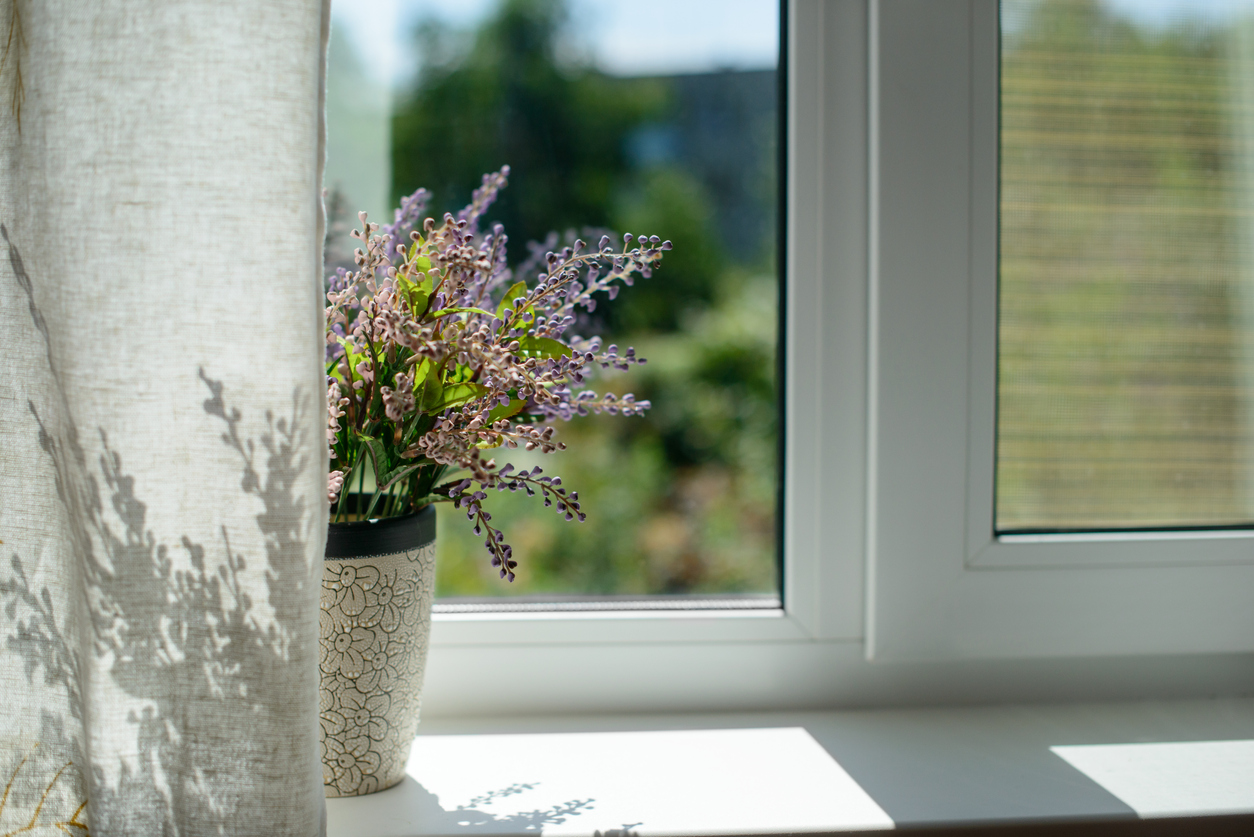Typically the busiest months for real estate along the Front Range are April, May and June.
This year, because showing activity was restricted in the Spring months, we are seeing robust activity this Summer.
Here’s an indicator. Sales through July 2020 versus July 2019 are up:
- 12.6% in Metro Denver
- 17% in Northern Colorado
To see double-digit increases in sales despite was is occurring in the National economy, is nothing short of remarkable.
At Windermere Real Estate we are taking Safer at Home and Social Distancing very seriously. Our people are following our Safe Showings protocol, staying connected to their clients, and providing help wherever needed.
 Facebook
Facebook
 Twitter
Twitter
 Pinterest
Pinterest
 Copy Link
Copy Link



